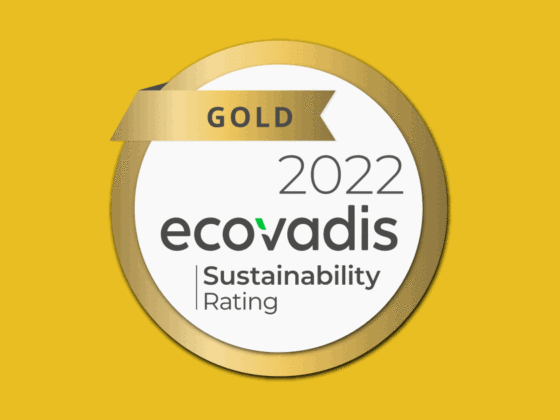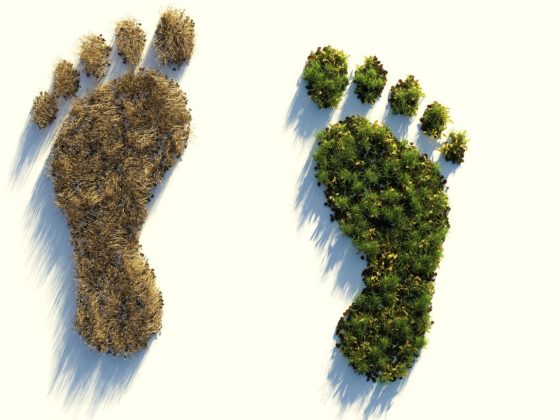“Don’t knock the weather, nine-tenths of the people couldn’t start a conversation if it didn’t change once in a while”-Kin Hubbard
Talks about the weather will always be relevant, not only as a polite initiator of the conversation, but also as a very important factor influencing people’s daily lives. And it is that changing weather conditions also affect printers, ink, pre-print paper, and already printed materials.
Moisture, or rather changes of it, is mainly to blame for the deformation of advertising materials, because paper is a material that tends to reach a balance with the environment in terms of humidity, so environmental changes affect the size and smoothness of the paper. As usual, there are large fluctuations in terms of temperature and humidity in winter and spring, which is why we sometimes find ourselves in a situation where the printed and in-store materials have changed their original appearance.
To better understand the behaviour of these promotional materials, we contacted Una Medne from AS “Antalis”, and we decided to share the key findings here with You.
Most of the time problems occur when there is not enough production time and time to dry the printed materials, which have received a lot of moisture with paint and varnish during the printing process. The larger and more intense the print areas, the longer it takes to dry.
Paper smoothness is also affected by the fact that printed products are packed in polyethylene bags that retain moisture, but when the materials are removed from the bags, they quickly come into contact with the environment, which is particularly dry during the heating season resulting in rapid drying and deformation.
But, on the other hand, if the materials are not packed well enough, they can absorb moisture during transportation or in the warehouse, if humidity level is not controlled in these places.
Materials displayed in stores are often affected by factors like drafts and ventilation flow, which contributes to the deformation of the materials in addition to changes in humidity from the outside.
To protect your campaign materials during the most critical weather seasons, it’s suggestible to avoid paper that is more sensitive to the environment, such as translucent papers or multi – ply cardboard. One-sided materials and materials which each side is treated differently deforms more as well. Glued and laminated cardboard on both sides will be much more durable. The direction and size of the paper fibre should also be considered. The paper will curl parallel to the fibre.
Synthetic paper is also available on the market, which is waterproof and otherwise more durable, but these materials are in a higher price range, which is not usually included in the standard promotional budget.
In general, we can conclude that to avoid paper deformations it is advisable to choose paper that is equal on both sides and also process it equally on both sides, taking into account the direction and size of the fibre. It is very important to try to give as much time as possible for the production and drying. Also, do not forget to pack the materials properly, so that they do not accumulate moisture in their packaging, but also do not absorb moisture during transportation.





